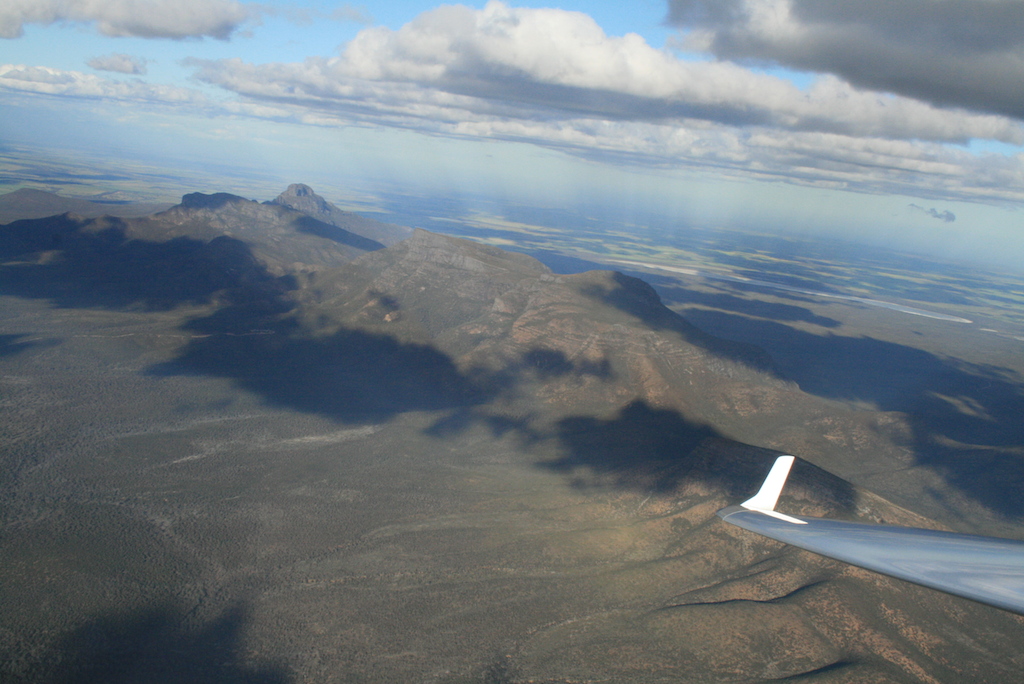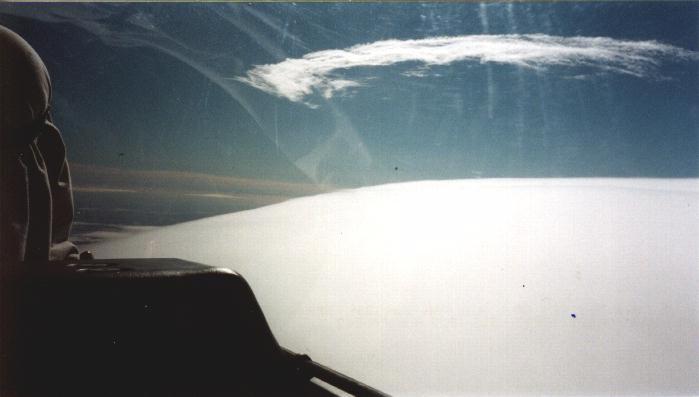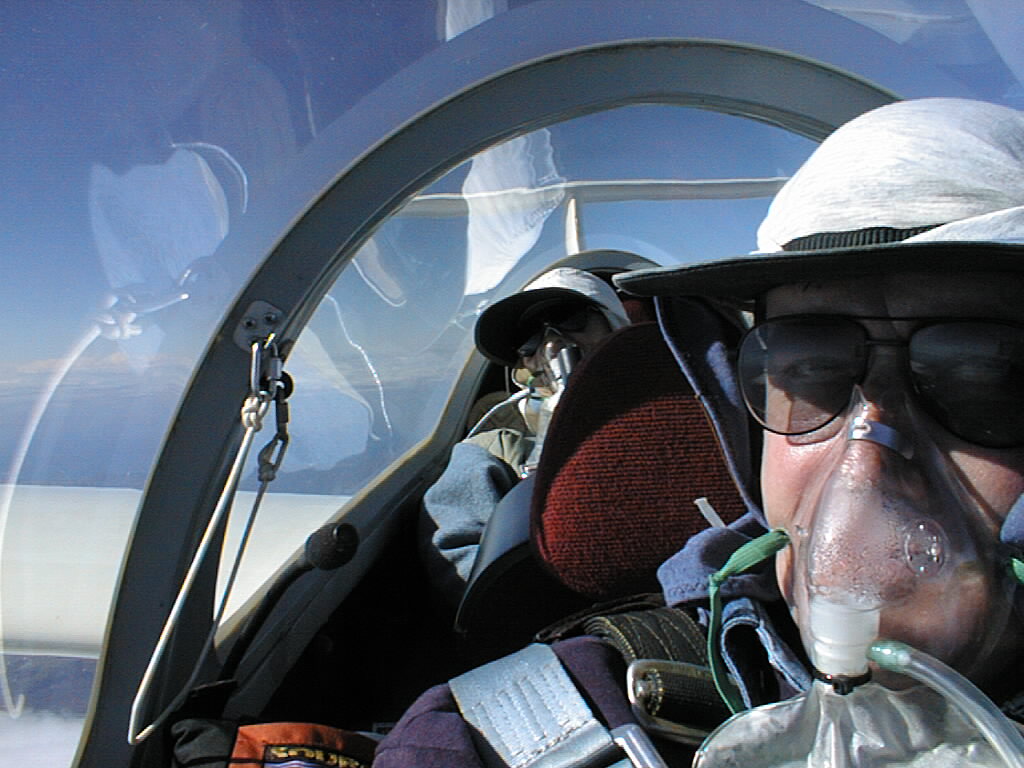About Gliding
Wave Flying
Mountain lee wave and ridge lift are another two major lift sources exploited by glider pilots. These are somewhat related, in that both are the result of air movement against a physical feature in the landscape like a steep ridge line, the side of a section of a mountain, or the whole mountain itself.
In the case of ridge lift, a wind blowing against the side of the ridge is forced upwards, creating lift that a glider pilot can exploit. This lift can extend to heights of around five times the height of the ridge, depending on the strength of the wind. By flying along the ridge line, the glider pilot can travel many kilometres, depending on the length of the ridge, at high speeds and without losing any height.




